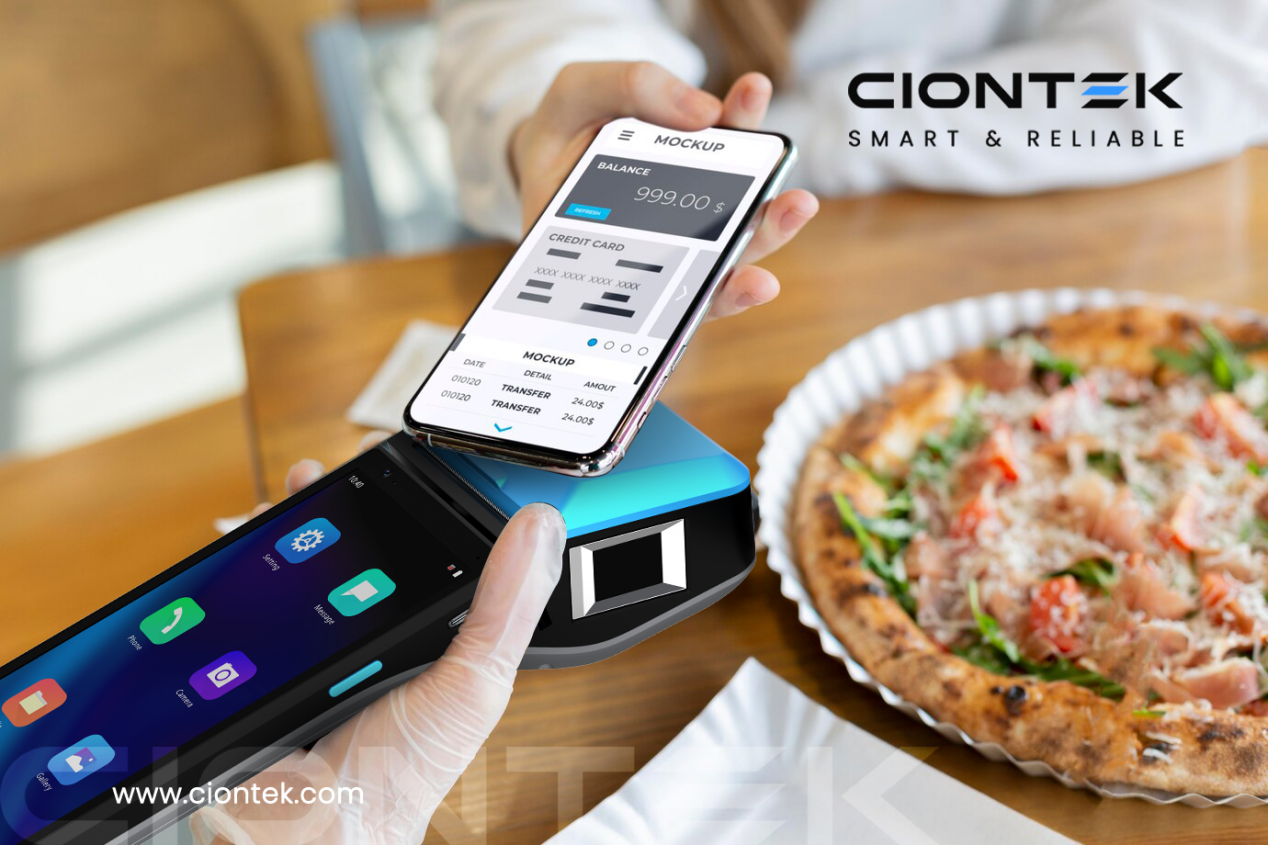Insights into SoftPOS and Exploring Its Market Prospects
2023-12-12
In the rapidly evolving field of digital payments, the complementary relationship between SoftPOS (Software Point of Sale) and traditional POS hardware symbolizes a perfect combination of technological innovation and market adaptability. This article will delve deep into the origins of SoftPOS, its payment mechanisms, and how it, alongside traditional POS hardware, shapes the modern payment ecosystem.
The Origins and Historical Evolution of SoftPOS The birth of SoftPOS technology marked a significant innovation in payment methods. It not only represents technological advancement but also reflects the market's demand for more flexible and efficient payment methods.
The Origins and Historical Evolution of SoftPOS The birth of SoftPOS technology marked a significant innovation in payment methods. It not only represents technological advancement but also reflects the market's demand for more flexible and efficient payment methods.
- Technical Origin: The concept of SoftPOS originated with the widespread use of smartphones and tablets. These devices provided the ideal technological platform for the development of SoftPOS.2
- Application of NFC Technology: With the development and popularization of NFC (Near Field Communication) technology, SoftPOS began to use NFC to transform smartphones into payment terminals.
- Market Adaptation and Development: SoftPOS met the demand of small businesses and individual operators for low-cost, efficient payment solutions, promoting its rapid development.

Detailed Understanding of the SoftPOS Payment Mechanism SoftPOS processes payments through a series of efficient and secure mechanisms:
- Secure Communication: Utilizing NFC technology, SoftPOS can securely exchange transaction data with a customer's NFC payment card or device.
- Transaction Processing and Verification: The software application verifies transaction information, performs encryption processing, and securely communicates with banks or payment service providers to complete transactions.
- Enhancing User Experience: By providing instant payment confirmation, electronic receipts, and customer loyalty programs, SoftPOS enhances the shopping experience for consumers.
1.High Transaction Volume Processing: Traditional POS hardware can efficiently handle high transaction volumes, especially in large retail environments.
2.Multifunctionality and Reliability: Traditional POS systems offer a wide range of functionalities, including inventory management, employee monitoring, and complex data analysis.
3.Security and Stability: Traditional POS hardware has advantages in security and stability due to its advanced encryption technology and stable physical construction.


Future Trends: Aiming to offer various scale merchants affordable and accessible payment service, the future digital payment need reach a balance between regulation and innovation, also short term plan and future flexibility.
- Cutting-edge innovation oriented by scenarios: Such as NFC on glass, HCE, Zero touch and GMS certified.
- Comply with both EMV/PCI and SoftPOS: An OTA definable manner of EMV/PCI and SoftPOS will help PSP to dynamically deploy various service scheme in various regulated market and different period by one set HW.
- Android platform is the trend: Android ecosystem brings enormous value-added application and easier development investment.
The digital payment industry is not about choosing SoftPOS over traditional POS hardware, or vice versa, but rather understanding how each can play to its strengths and complement the other. There is more and more innovative Hardware solution come to the market, not only save cost but also extend income. Here is a latest unattended payment terminal from Ciontek for your reference:https://www.ciontek.com/products/smart-pos/cm30.html
Previous Article
Next Article